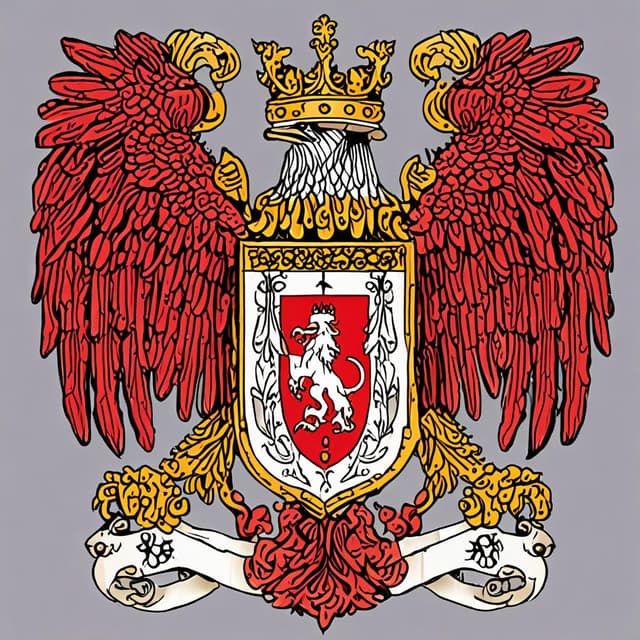
| Area | 621,538 km² (240,000 sq mi) |
| Type | Empire |
| Capital | |
| Dynasty | |
| Founded | 1156 |
| Currency | |
| Dissolved | 1918 |
| Government | Monarchy (dual monarchy from 1867) |
| Population | 52,820,000 (1910 estimate) |
| Preceded by | |
| Major cities | |
| Succeeded by | |
| Head of state | |
| Historical era | |
| Notable emperors | |
| Official language |
The Austrian Empire, which was never dissolved in this alternate timeline, continued to grow throughout the centuries, maintaining its cultural heritage and historic territorial claims.
After consolidating power within the Holy Roman Empire, the Austrian Empire turned its attention southward, gradually expanding its territories in Southeastern Europe. This allowed the Empire to increase its control over multiple ethnic groups and cultures, leading to a unique amalgamation of influences.
The Austrian Empire continued its southern expansion, ending with a conquest of the Mediterranean, where it established a major presence the Austrian Mediterranean Empire. This enabled the empire to cultivate a potent naval fleet, granting it a globally influential maritime power.
With the Austrian Mediterranean Empire firmly established, the Austrians built a second capital along the coast to serve as a primary hub of naval and maritime activity. This not only provided strategic advantages for military purposes but also fostered the growth of trade networks, which greatly impacted the economic prosperity of the empire.
As the Austrian Empire continued to expand, incorporating various ethnic and cultural groups, the need for political reforms and advancements became evident. The introduction of liberal reforms laid the framework for new educational institutions and intellectual societies, building upon the multicultural and diverse heritage of the empire.
Despite presenting a united front, the numerous ethnic groups within the Austrian Empire underwent major changes during the 20th century. The rise of nationalist movements throughout Southeastern Europe contributed to the decline of the Austrian Empire's influence, ultimately heralding its eventual dissolution.